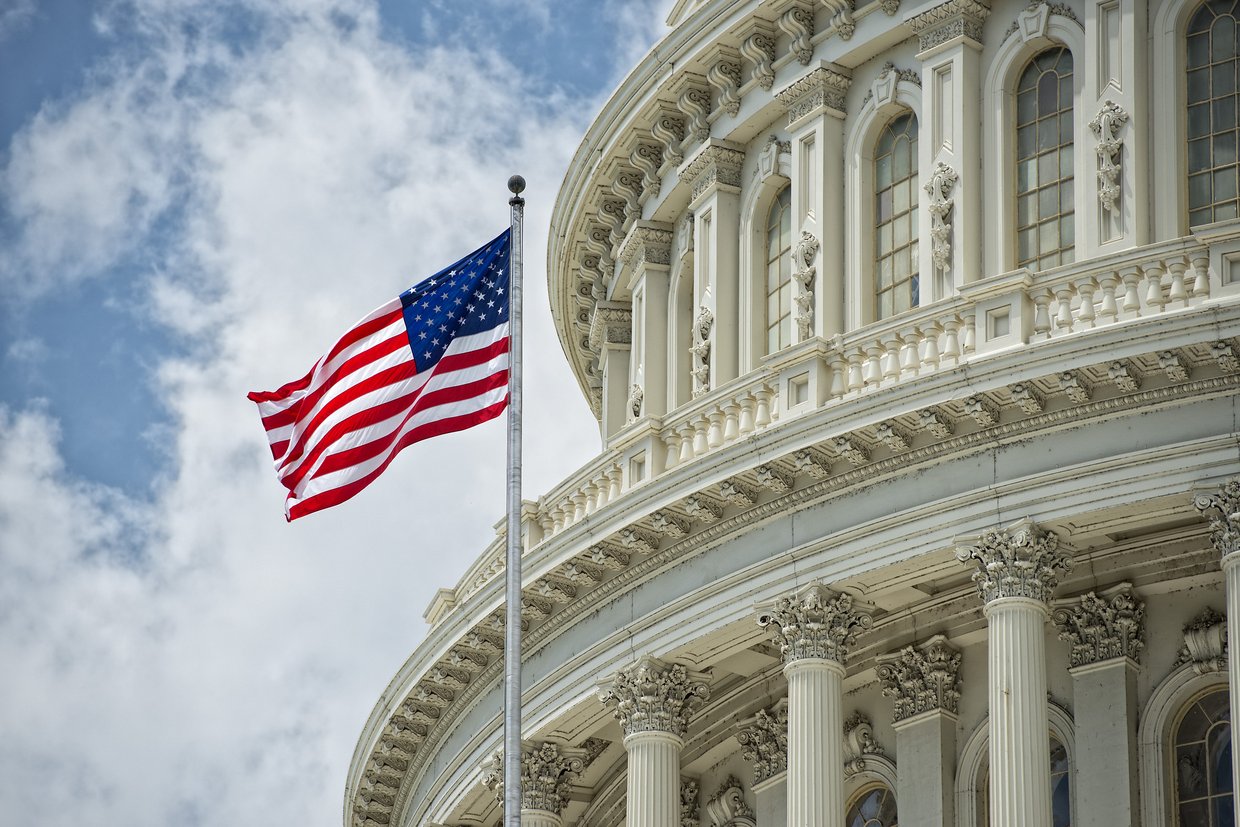Our US Business Director Victoria Potter looks at the impact of media spend on the election results, and her personal experience of living in a swing state.
Election week drives ratings for news networks
This year’s election truly was one for the ages. Two weeks later and it’s still dragging on thanks to ongoing litigation and the fact that the current administration is yet to concede. Given the ongoing pandemic, the American people knew going into the election that it would most likely extend beyond election night – and we saw that playing out in the ratings comparison between 2016 and 2020. 2020’s election night saw about a 20% decline in viewership (56.9 million vs. 71.4 million) compared to 2016. With election night turning into election week, many news networks saw year-over-year growth for election week, with CNN garnering the largest increase, with an 87% increase for primetime, and 100% for total day.
Political ad spend reached record levels
Approximately 40% of the money invested by the presidential campaigns into media was spent on broadcast TV, with digital, radio and OOH the other key channels. Interestingly, however, Google and Facebook refused to accept new election-related ads a week before November 3rd. Total ad spend nationally was close to $14 billion, driven by record fundraising; this higher-than-anticipated influx investment helped provide some relief to a media industry pummeled by the pandemic.
Political spend from post-primary to election
Joe Biden’s campaign outspent the president’s in four of the five key battleground states. Looking at the results, the argument can be made that the increased spend was worth it: in the five states that Biden flipped (Wisconsin, Michigan, Arizona, Pennsylvania, Georgia), the average point swing from 2016 was 3.1 pts. However, the largest swing was in Georgia (5.4 points), where the Republicans outspent the Democrats, demonstrating that grassroots non-media efforts had a significant impact. It can’t be denied, however, that the huge increase in advertising drove results in very tight races: in Michigan and Pennsylvania in particular, Biden’s lead in both raw votes and margin was larger than in previous elections.
A personal perspective from a swing state
How much is too much? As a Pennsylvania resident, in the months – and especially weeks – leading up to the election, it felt like I saw nothing but political ads. There is almost a FOMO-effect happening, where donations kept increasing so each candidate could outshout the other. At what point does it all just become noise? At the end of the day, these ads are speaking to a minuscule proportion of the overall electorate – that small sliver of ‘undecideds’ amongst the partisan masses.
It’s not over yet: the Georgia Senate race and runoff
Alongside the unprecedented spend in national races, we’ve seen an increase in spending against smaller senate races, with projections ranging from $200 million on the low end to close to $1 billion spent on the two runoffs in Georgia. I’m not even sure how it’s possible to spend $1 billion in two months – but it seems that the key indicator of ‘success’ is how much money can you flood in the market. With overall control of the Senate at stake, it’s no holds barred.
Another question is where the money can be spent. Both Facebook and Google banned new political and social issues for the week leading up to the election, and Facebook has confirmed that it will continue its post-election ban on political ads.
Conclusion
If we’ve learned one thing this election season, it is that the only limit in ad spend is the amount people are willing to give. Record fundraising equated to record ad spend. This shows no signs of slowing, as even local elections draw national funding. The question becomes – what is effective and what is waste? We can expect to see programmatic and addressable continue to be larger pieces of the pie moving forward, and digital/social will be driven by the platforms’ policies.
Header image: Andrea Izzotti / Shutterstock




.png)




